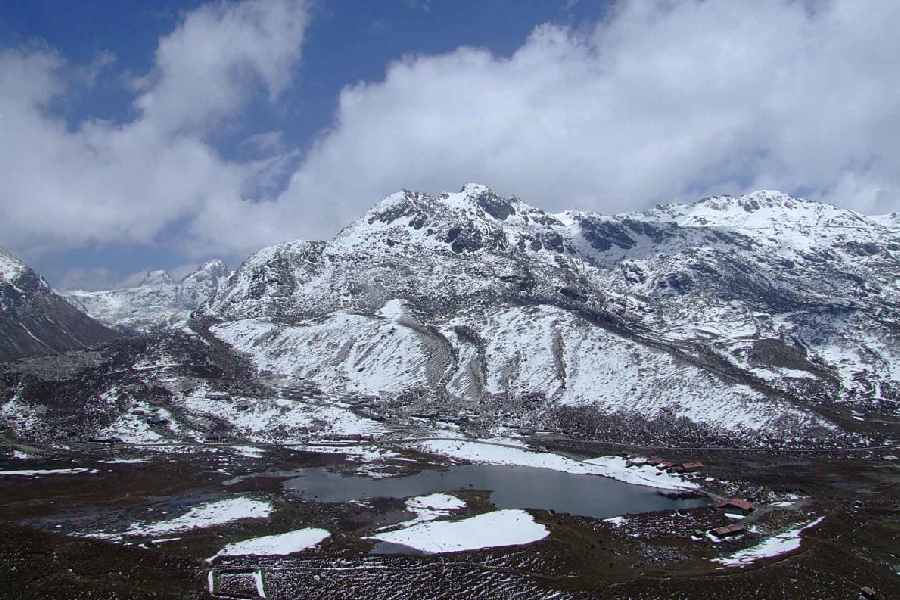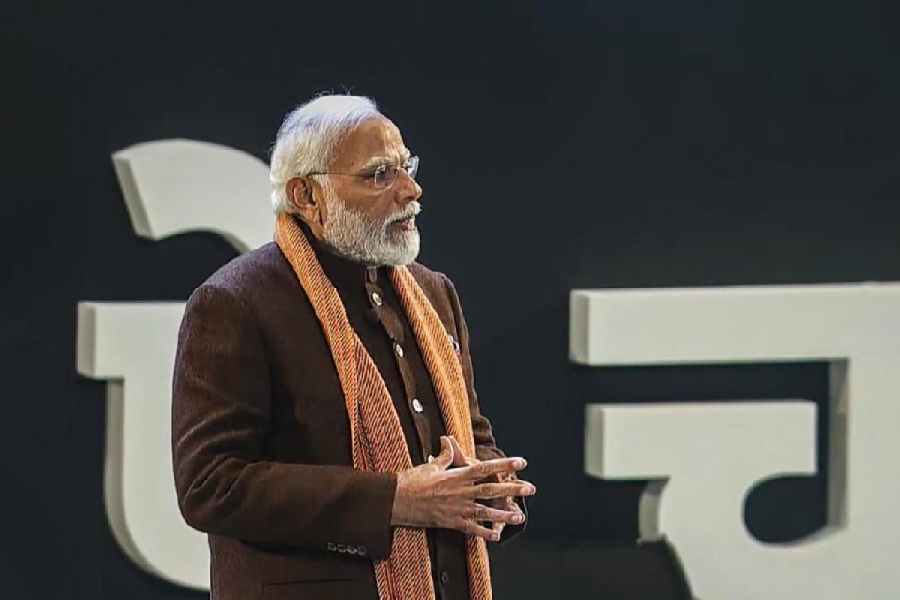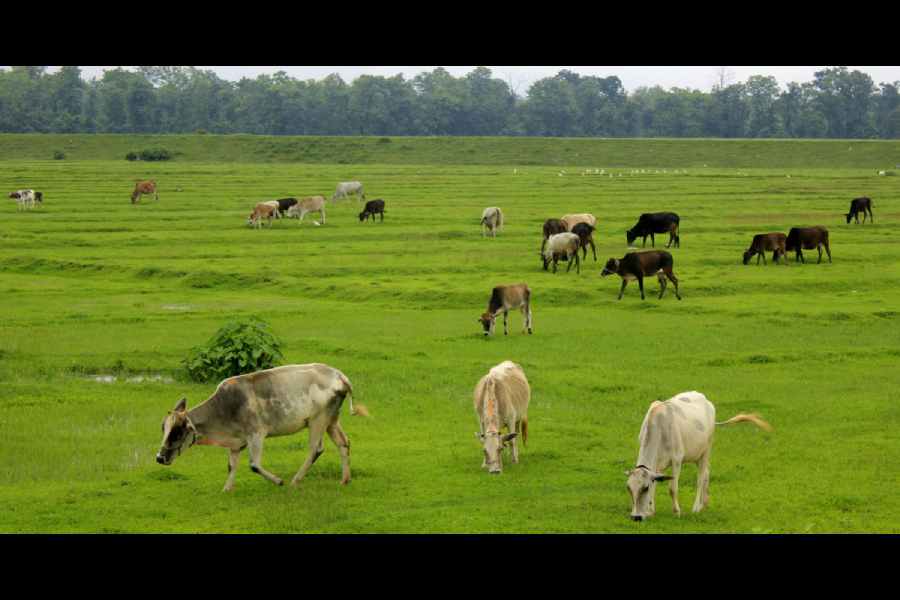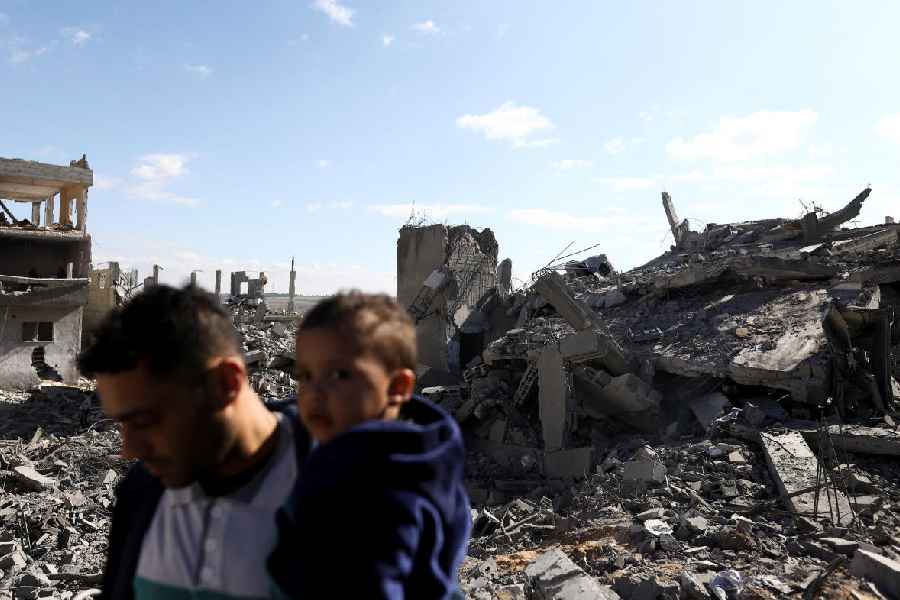The Chinese fence traces a furrow in the Himalayas, its barbed wire and concrete ramparts separating Tibet from Nepal. Here, in one of the more isolated places on earth, China’s security cameras keep watch alongside armed sentries in guard towers.
High on the Tibetan Plateau, the Chinese have carved a 600-feet-long message on a hillside: “Long live the Chinese Communist Party,” inscribed in characters that can be read from orbit.
Just across the border, in Nepal’s Humla District, residents contend that along several points of this distant frontier, China is encroaching on Nepali territory.
The Nepalis have other complaints, too. Chinese security forces are pressuring ethnic Tibetan Nepalis not to display images of the Dalai Lama, the exiled Tibetan spiritual leader, in Nepali villages near the border, they say. And with the recent proliferation of Chinese barriers and other defences, a people have also been divided.
The stream of thousands of Tibetans who once escaped Chinese government repression by fleeing to Nepal has almost entirely vanished.
Yet Nepal’s leaders have refused to acknowledge China’s imprints on their country. Ideologically and economically tied to China, successive Nepali governments have ignored a 2021 fact-finding report that detailed various border abuses in Humla.
“This is the new Great Wall of China,” said Jeevan Bahadur Shahi, the former provincial chief minister of the area. “But they don’t want us to see it.”
China’s fencing along the edge of Nepal’s Humla District is just one segment of a fortification network thousands of kilometres long that Xi Jinping’s government has built to reinforce remote reaches, control rebellious populations and, in some cases, push into territory that other nations consider their own.
The fortification building spree, accelerated during Covid and backed by dozens of new border settlements, is imposing Beijing’s Panopticon security state on far-flung areas. It is also placing intense pressure on China’s poorer, weaker neighbours.
China borders 14 other countries by land. Its vast frontier, on land and at sea, remained largely peaceful as China’s economy grew to become the world’s second-largest. But amid Xi’s tenure, Beijing is redefining its territorial limits, leading to small skirmishes and outright conflict.
“Under Xi Jinping, China has doubled down on efforts to assert its territorial claims in disputed areas along its periphery,” said Brian Hart, a fellow at the China Power Project of the Centre for Strategic and International Studies in Washington.
Viewed individually, each action along China’s borders — fortifying boundaries, contesting territory and pushing into disputed zones — might seem only incremental. But the aggregated result is startling.
Near its eastern maritime reaches, in what are internationally recognised as Philippine waters, China has turned a coral reef into a military base. On its far western land border, China’s People’s Liberation Army has pushed into disputed mountain territory shared with South Asian neighbours.
Two dozen soldiers from India and China, both nuclear powers, died in high-altitude, hand-to-hand combat in 2020. Another border clash two years later injured more soldiers.
China’s border buildup is a major reason that the US Department of Defence, in its 2023 China Military Power Report, declared that China has “adopted more dangerous, coercive, and provocative actions in the Indo-Pacific region”.
The shifting security landscape is drawing the attention of global powers and leading to new alliances.
Small nations with ties to China, like Nepal, are vulnerable, even as they downplay or deny border disputes for fear of losing Beijing’s economic favour.
“Weaker states like Nepal,” Hart said, “face immense pressures because of the overwhelming power differential with China.”
“If China does not face costs for encroaching on its weakest neighbours, Beijing will be further emboldened to threaten countries in the region,” he added.
Nepal’s foreign minister, Arzu Rana Deuba, said in an interview with The New York Times that she had not received complaints about problems on the border with Tibet and that the government’s focus was more on the southern boundary with India, where more Nepalis live.
Secret report
The distance from Simikot, the capital of Humla District, to the frontier village of Hilsa is 48km. But the drive to the border with Tibet takes more than 10 bone-jarring hours through rough, rocky terrain. Humla is unconnected to Nepal’s national road network. Cars and heavy machinery must be flown in.
Himalayan passes in Humla reach nearly 16,400 feet. Deadly altitude sickness can set in fast. It was to this district, Nepal’s poorest and least developed, that members of a fact-finding mission — composed of Nepali home ministry officials, government surveyors and police personnel — travelled three years ago.
Armed with a 1960s map from when Nepal and China formally agreed upon their boundary, they set out to discover whether the official cartography diverged from the reality on the ground. The mission members trekked to remote border pillars. They chatted with yak herders and Tibetan Buddhist monks.
Eventually, they produced their report toNepal’s cabinet. And then the report disappeared. The public was not allowed to see it. Even high-ranking officials and politicians were refused access, several people involved said.
The veil of secrecy extended to the historical map that the mission brought with it. Survey department employees said they had been cautioned that sharing it could be a security breach — a strange warning for a map accessible in American archives.
A copy of the report obtained by The Times shows that the government mission documented a series of small border infringements by China. Also coursing through the report are worries about China’s grander geopolitical intentions and fears about upsetting Nepal’s powerful neighbour.
In ideology and in economics, Nepal leans heavily toward China, even as it remains in the orbit of nearby India.
The report says that in several places in and around Hilsa, China constructed fortifications and other infrastructure, including closed-circuit TV cameras, that are either in Nepal or in a buffer zone between the two countries where building is prohibited by bilateral agreement. Chinese border personnel took over a Nepali irrigation canal fed by the Karnali river, the report said, although the Chinese retreated when the Nepali mission visited.
Chinese forces have illegally prevented ethnic Tibetans living in Nepali areas near the border from grazing their livestock and participating in religious activities, the report said. Such constraints bring extraterritorial menace to Xi’s campaign of repression in Tibet.
New York Times News Service











